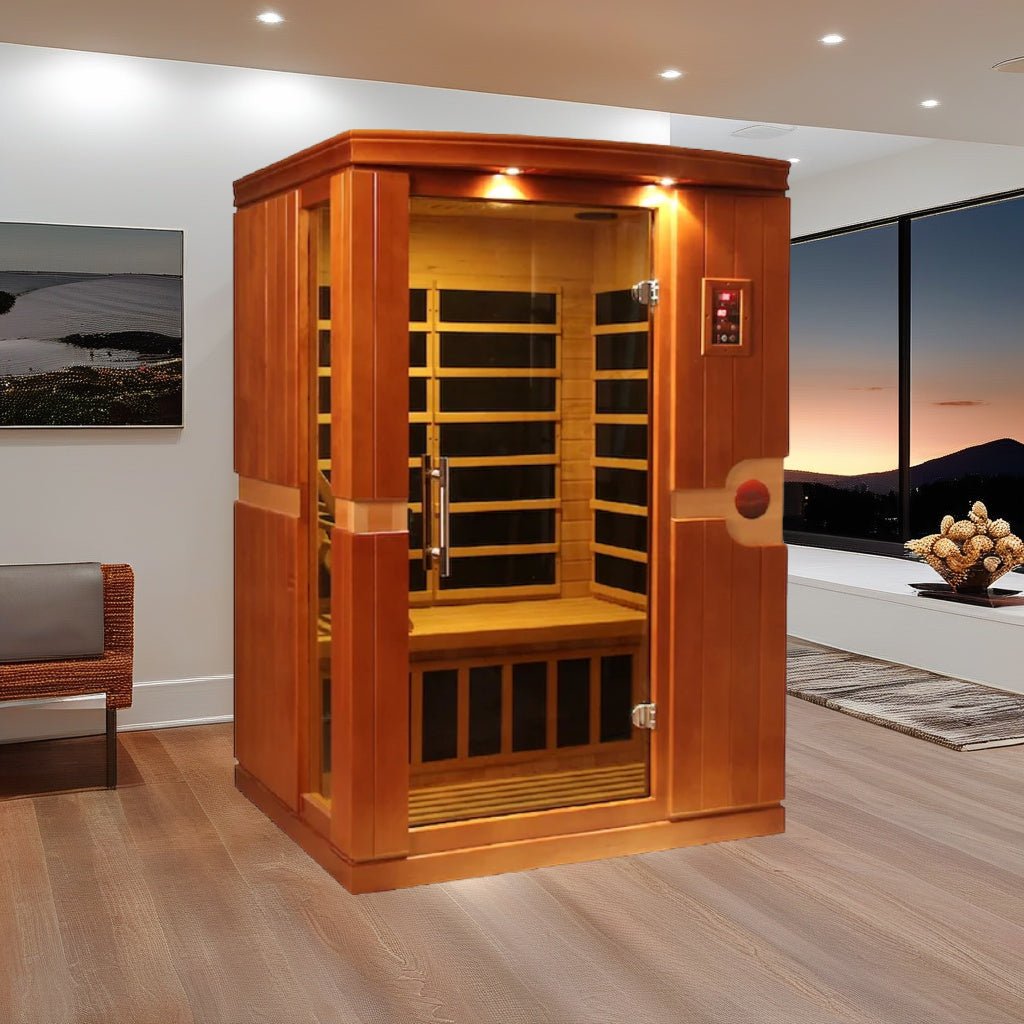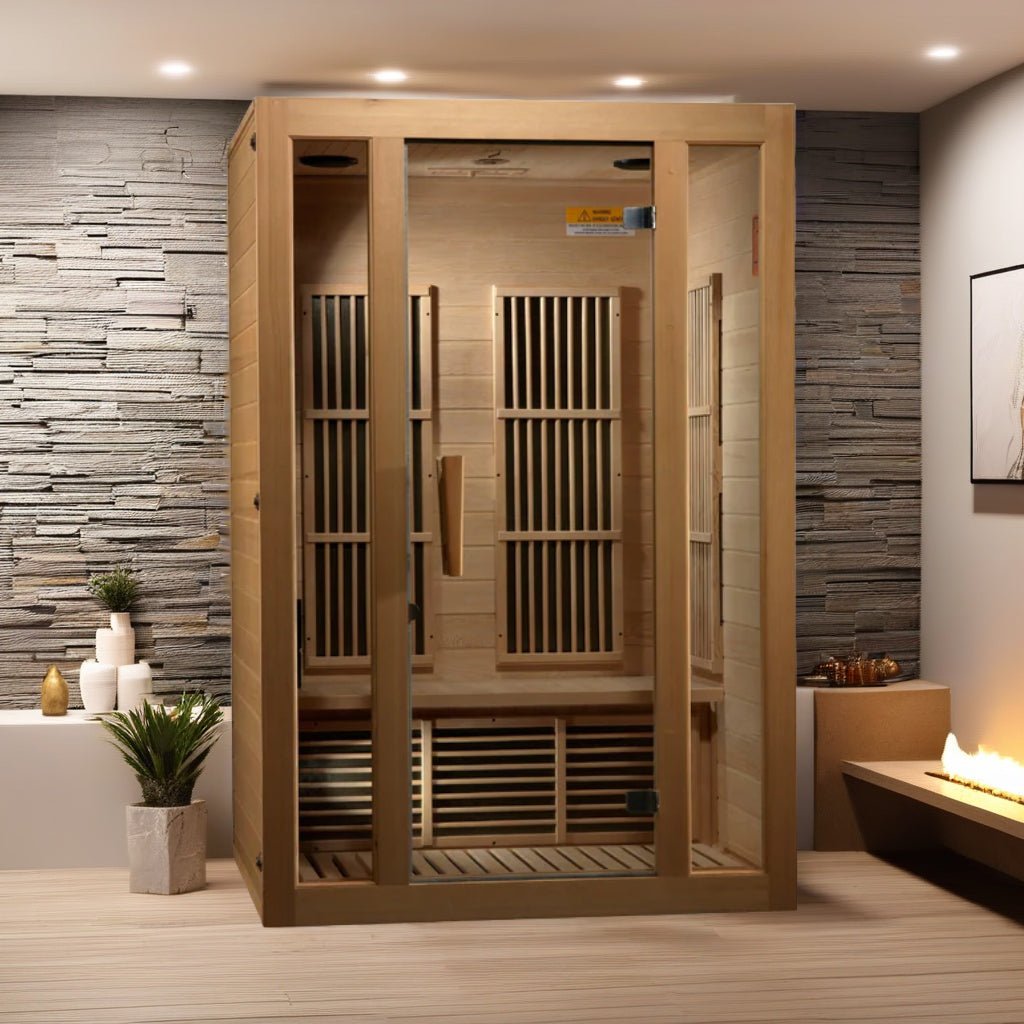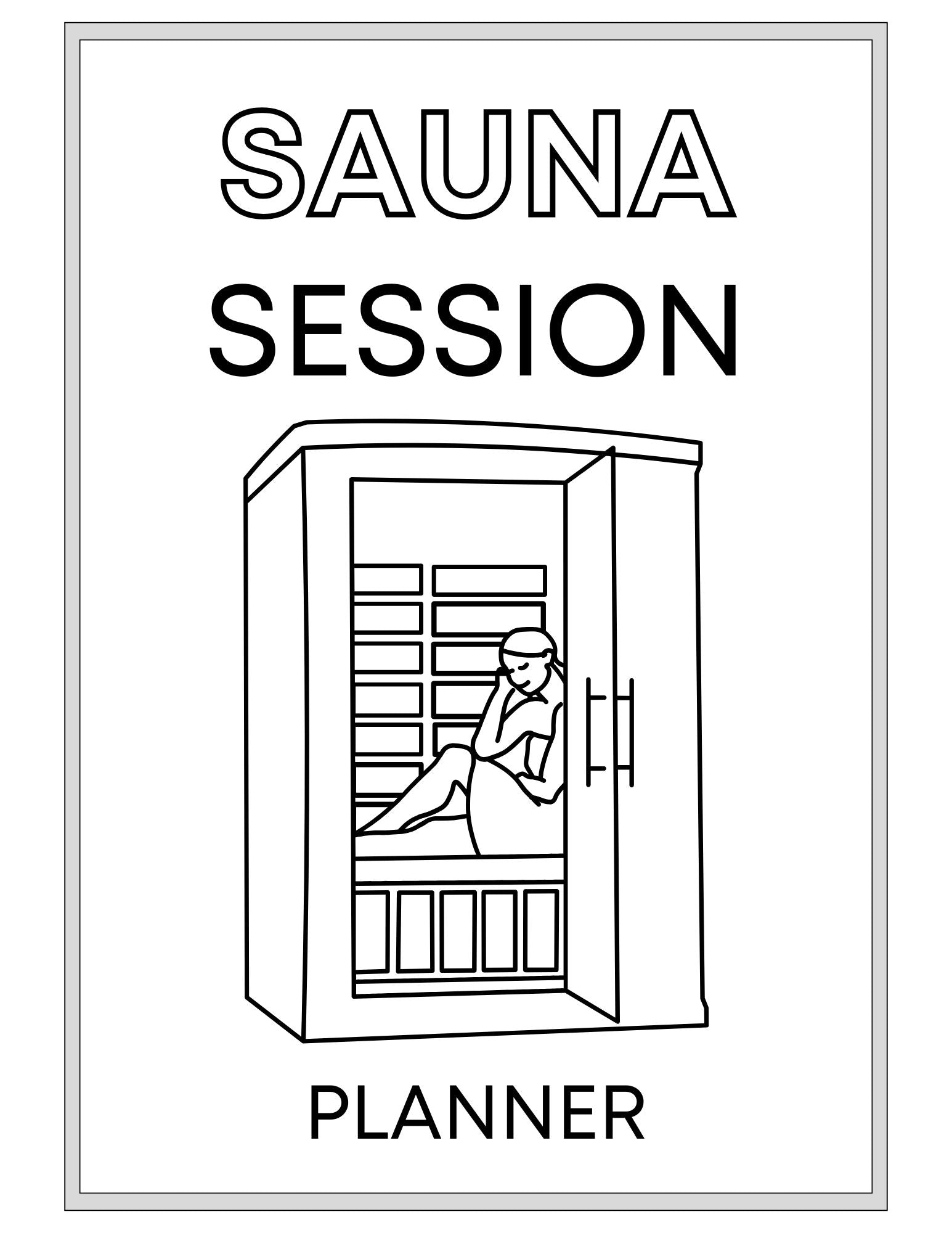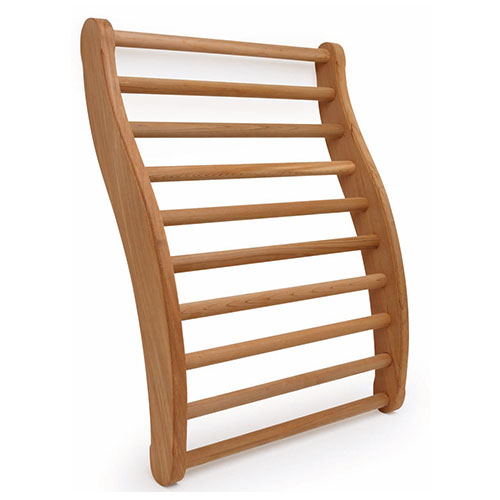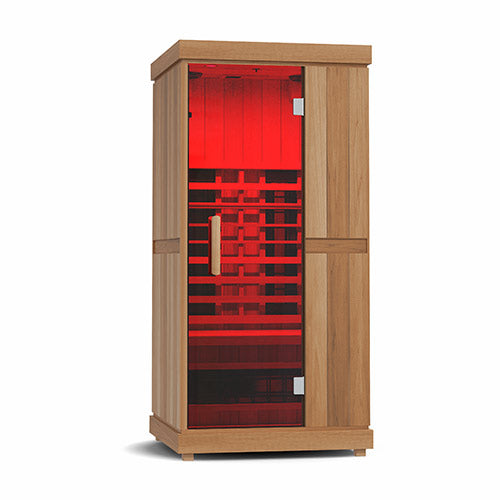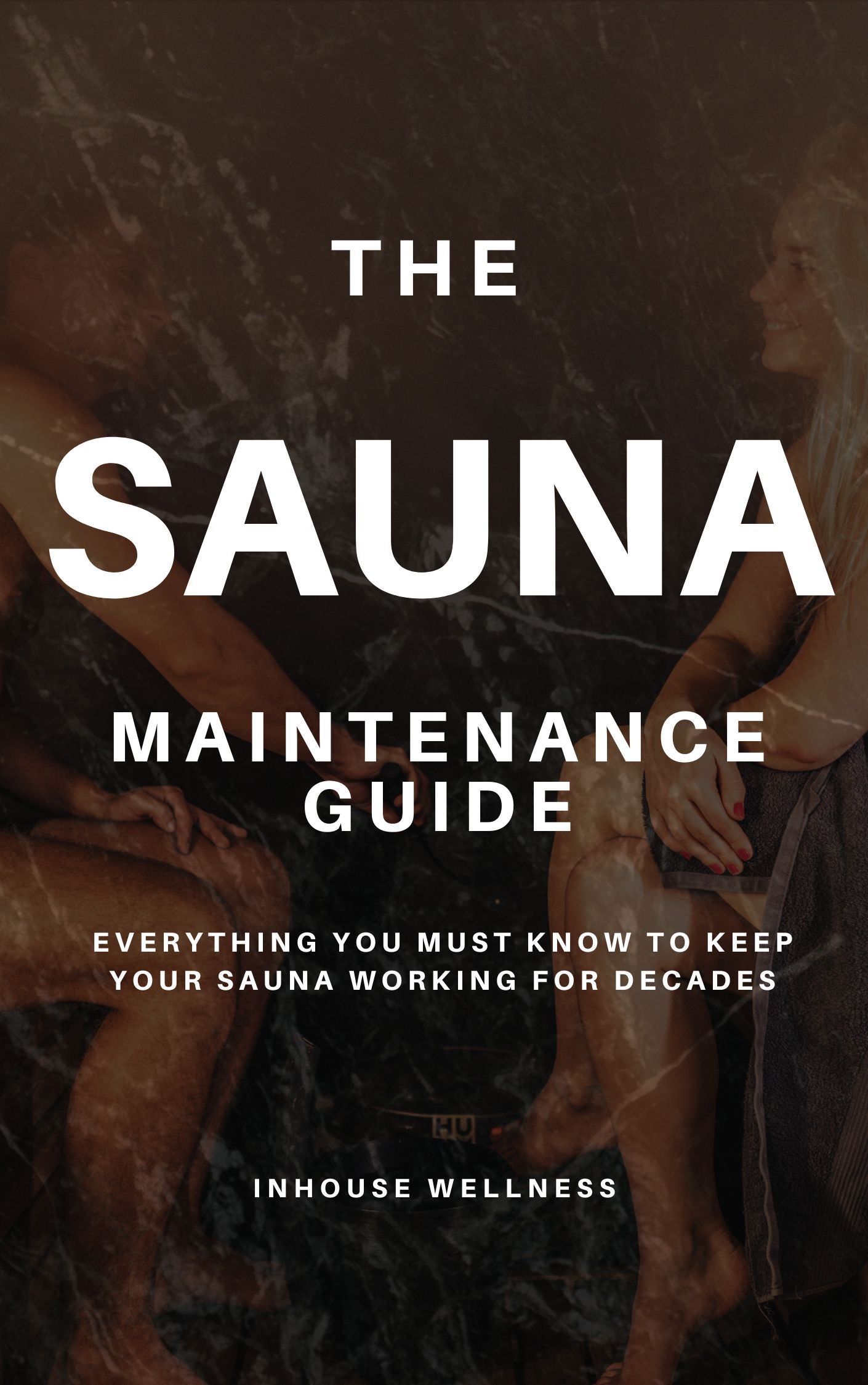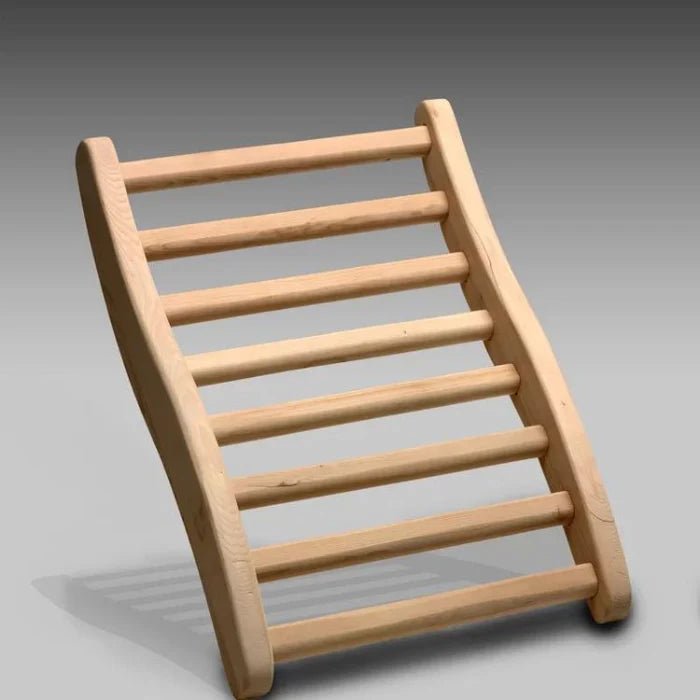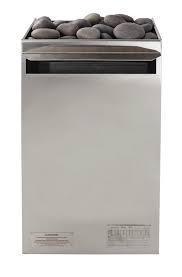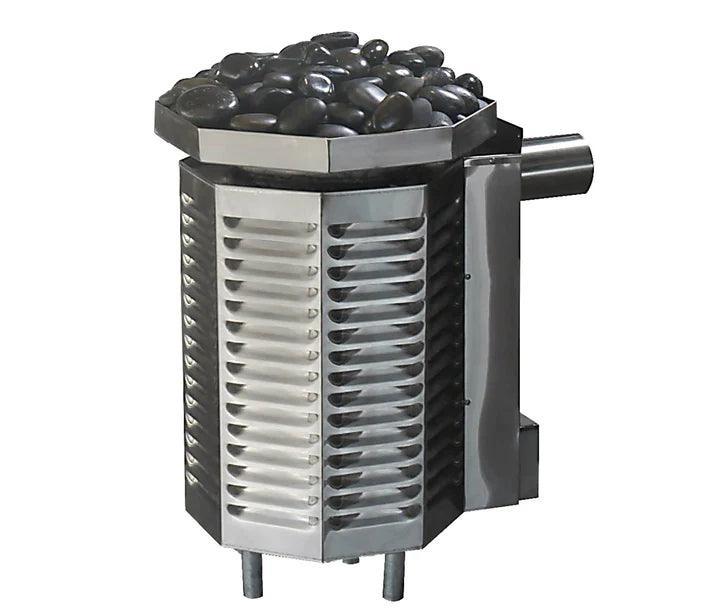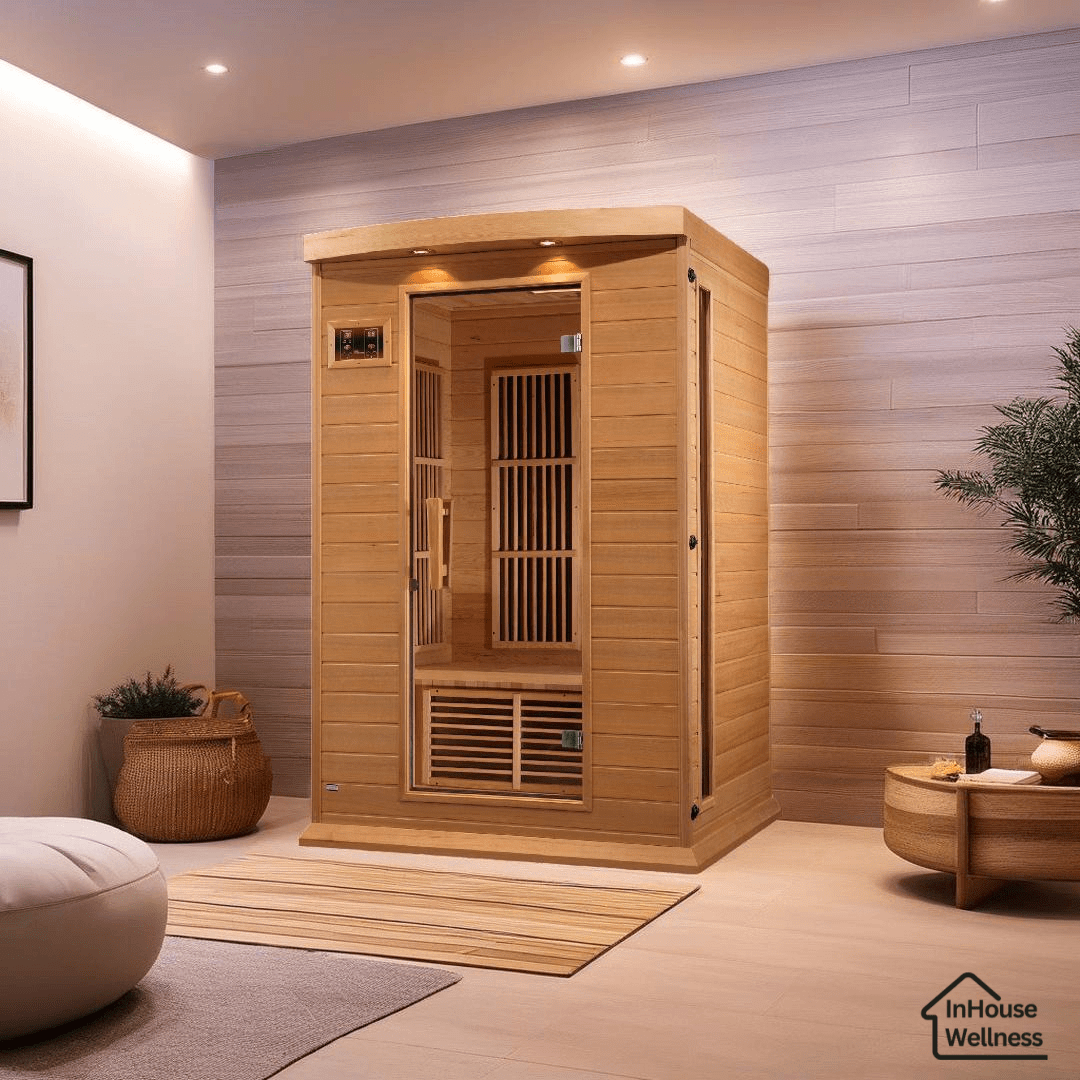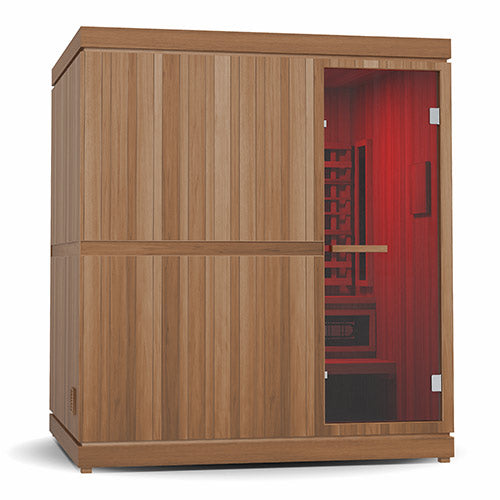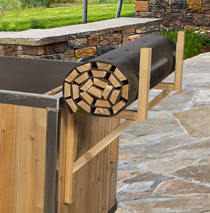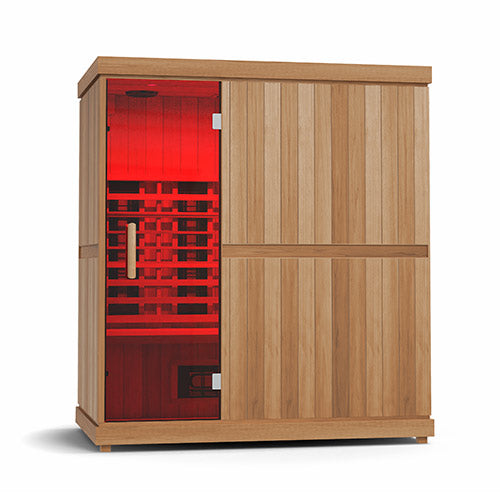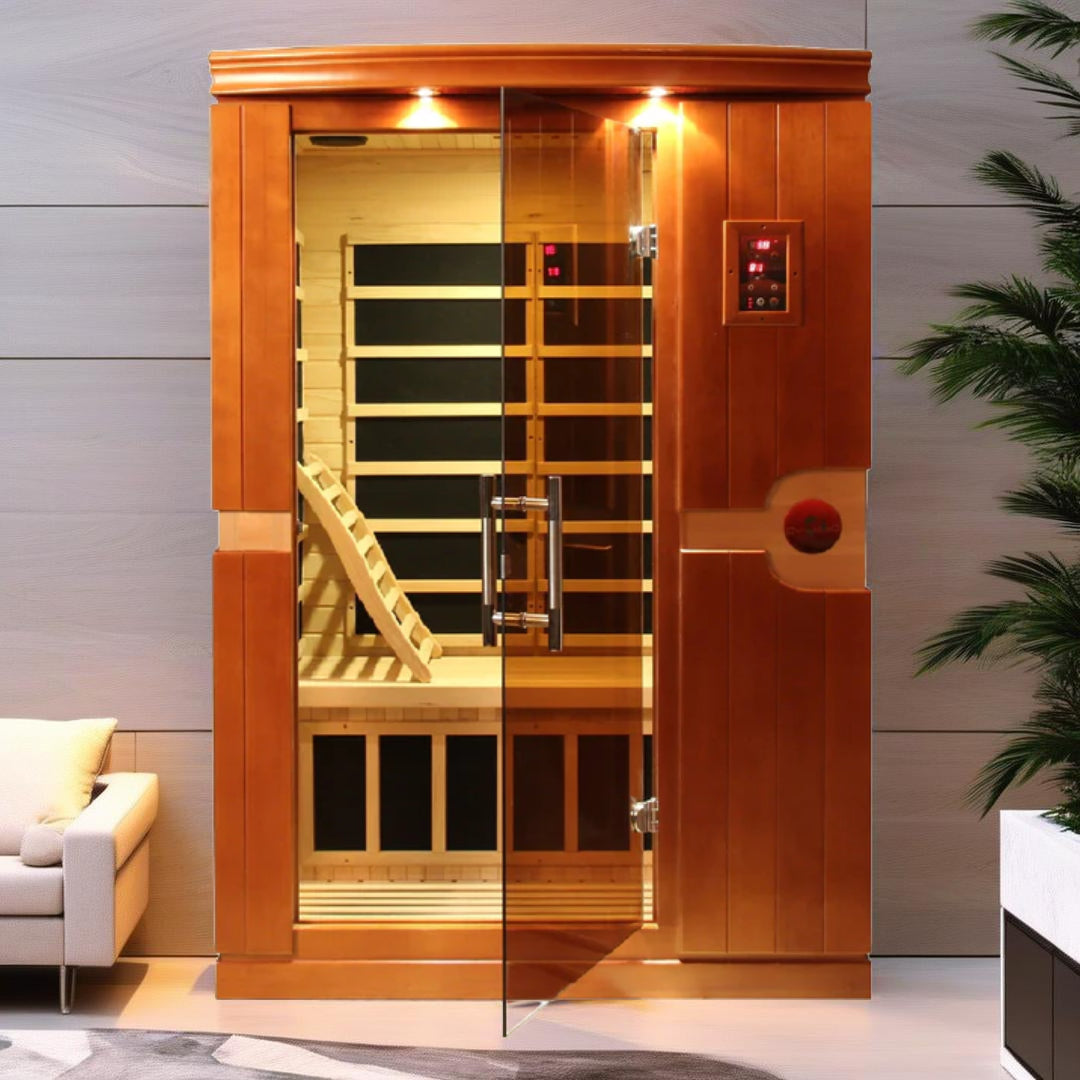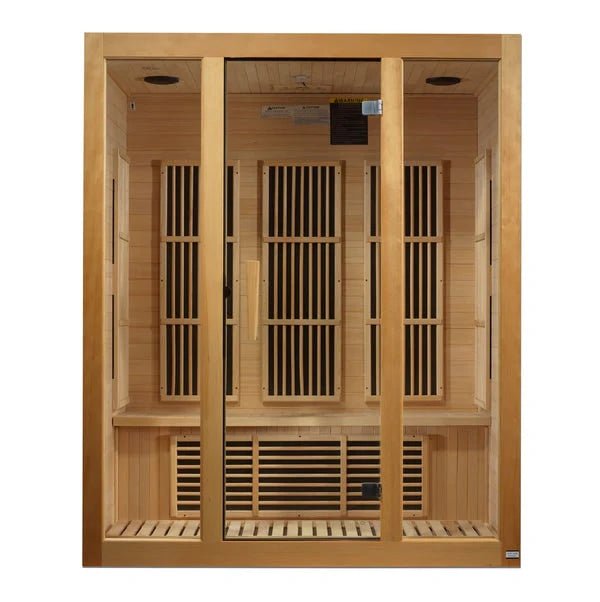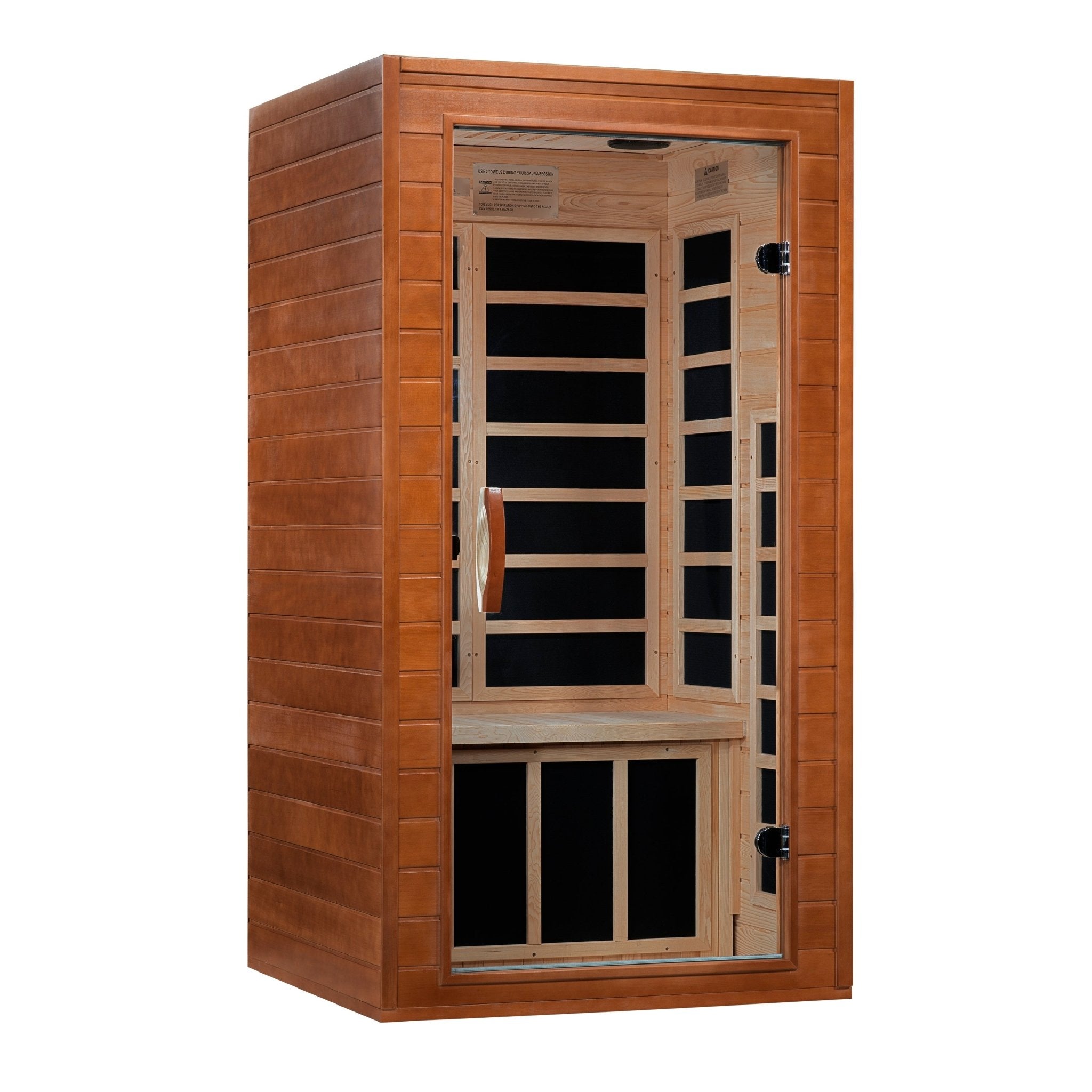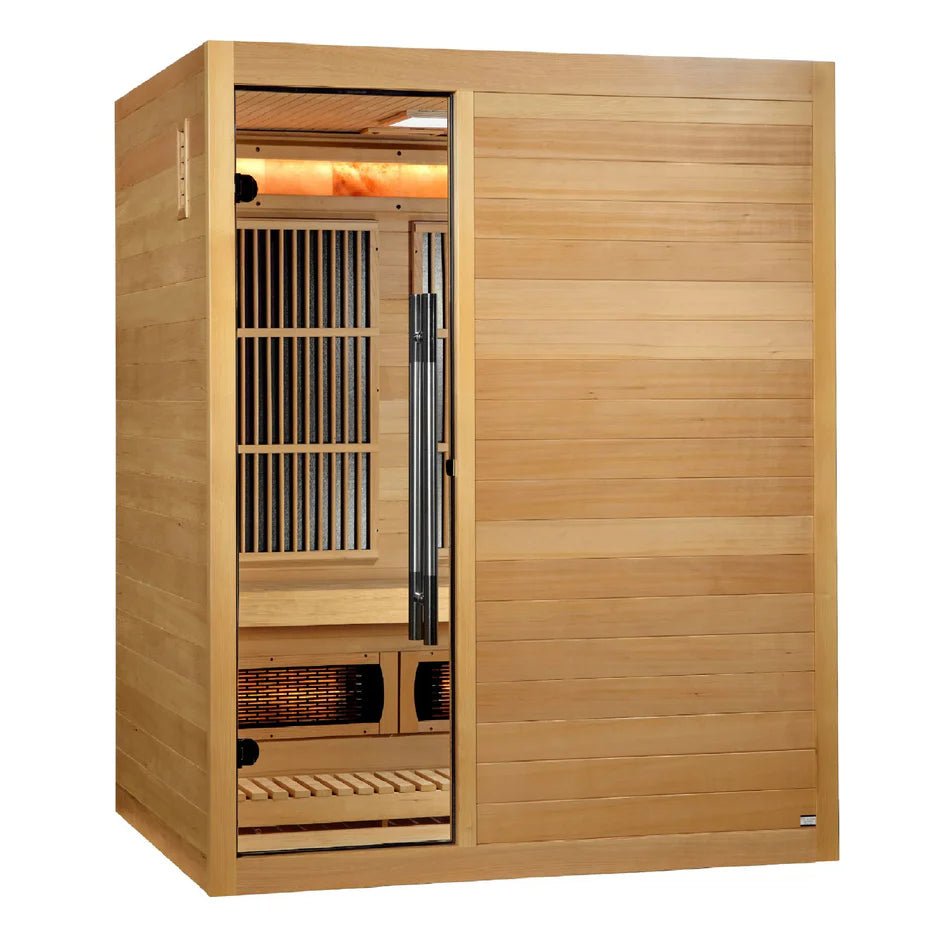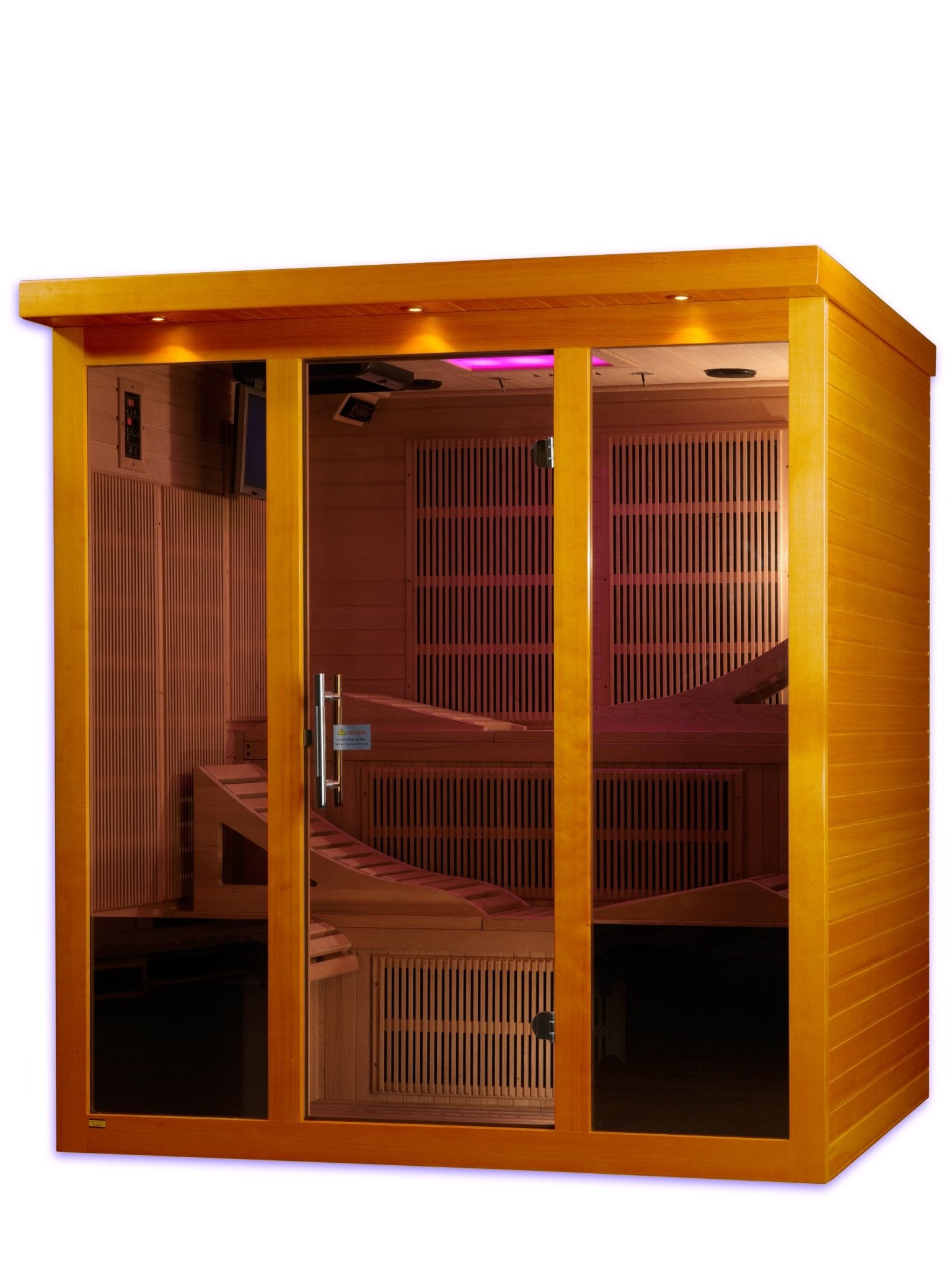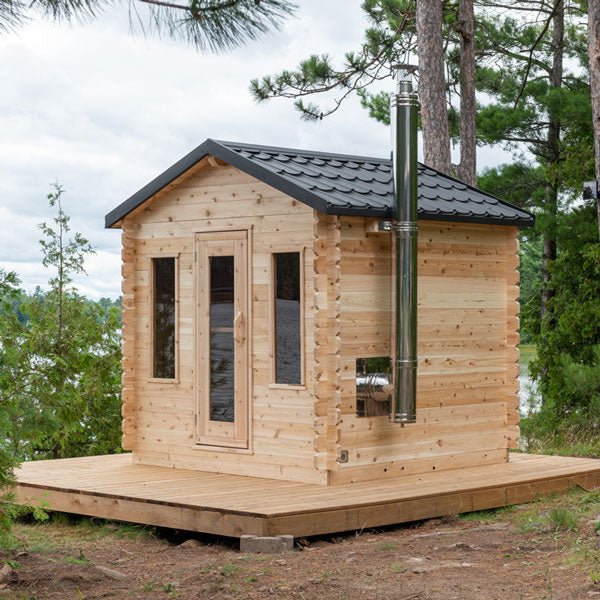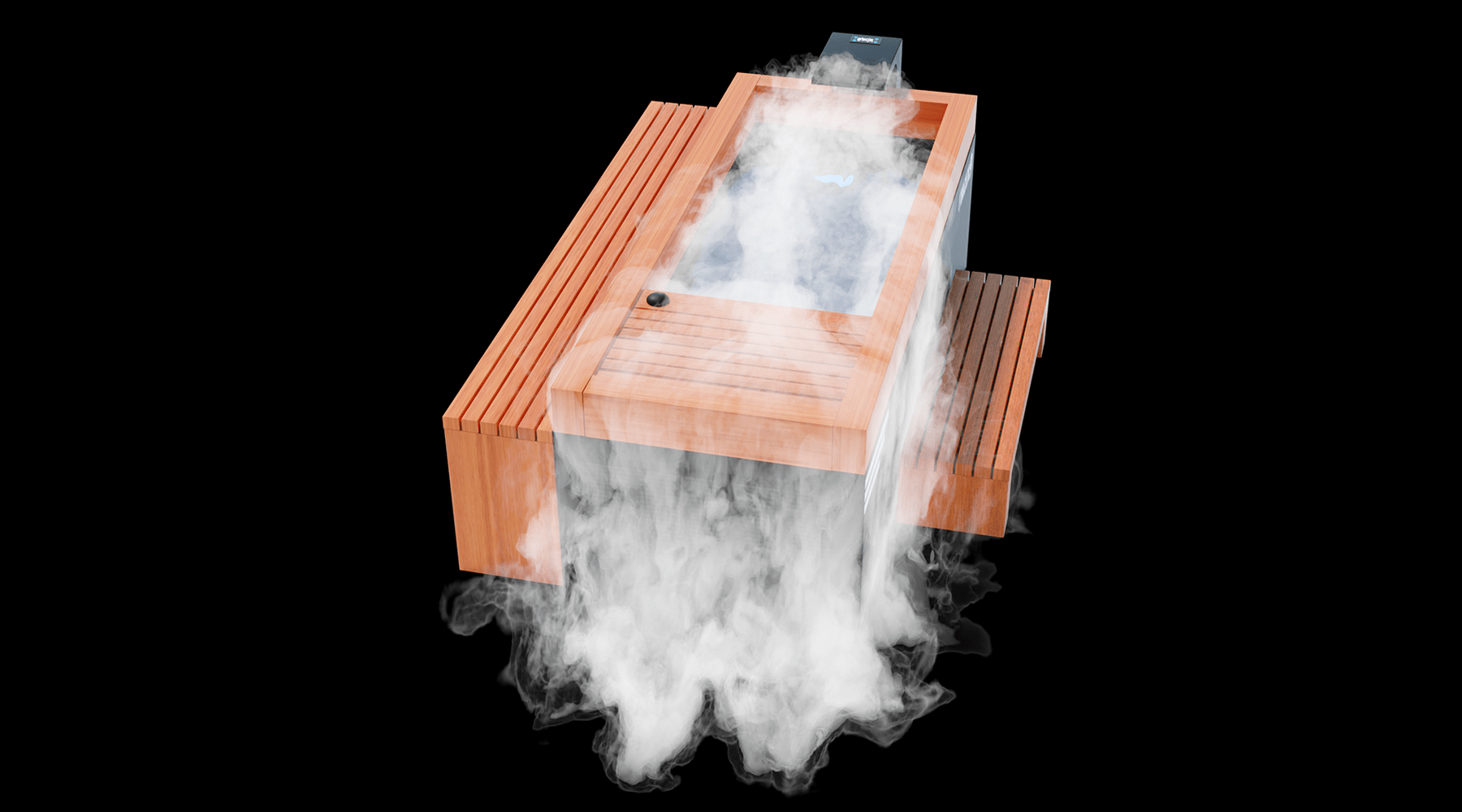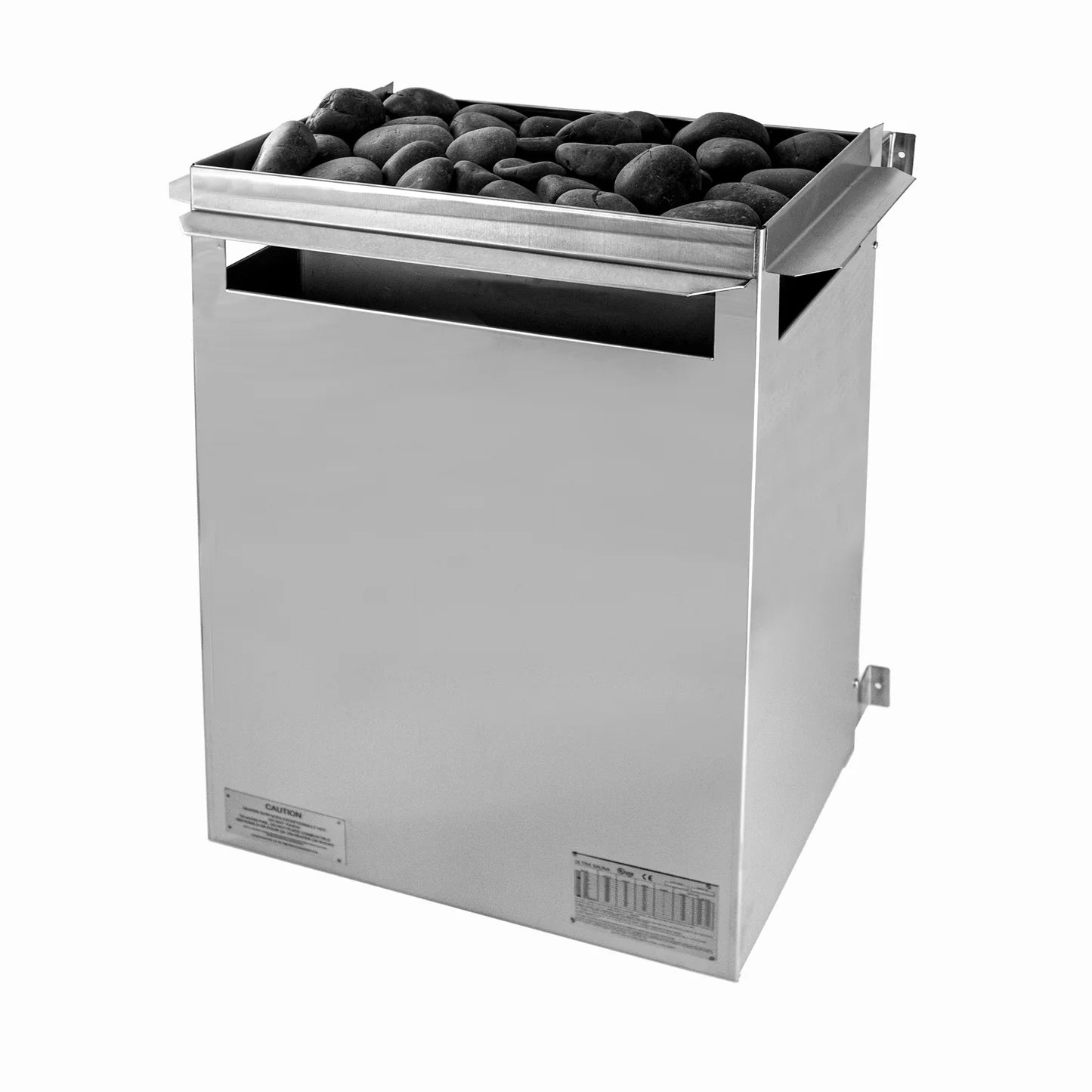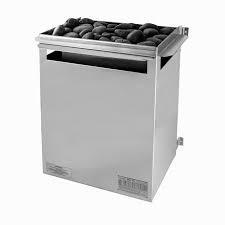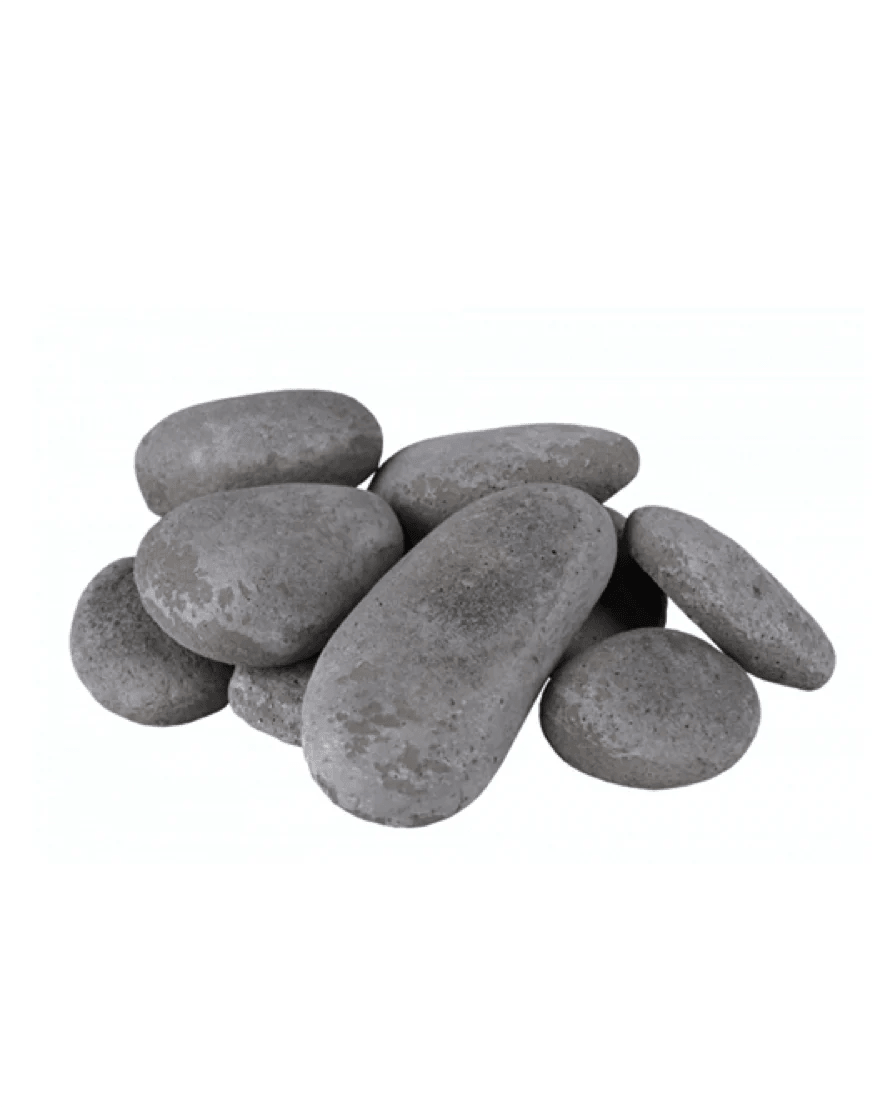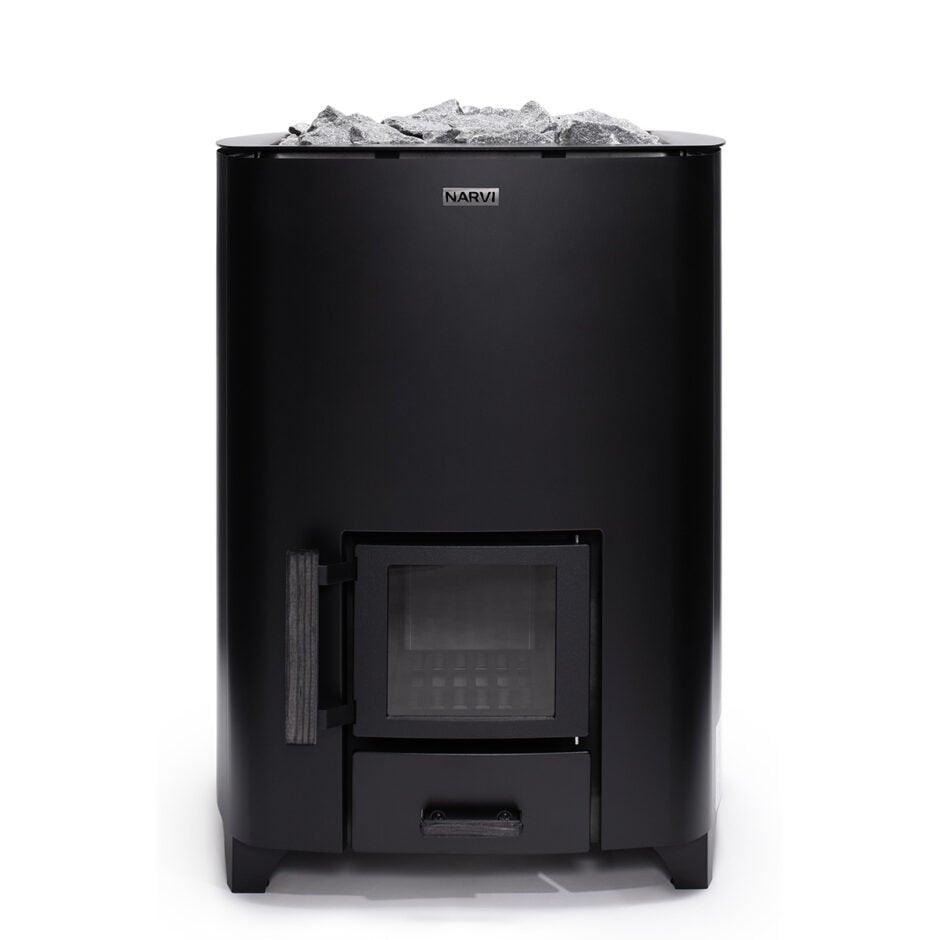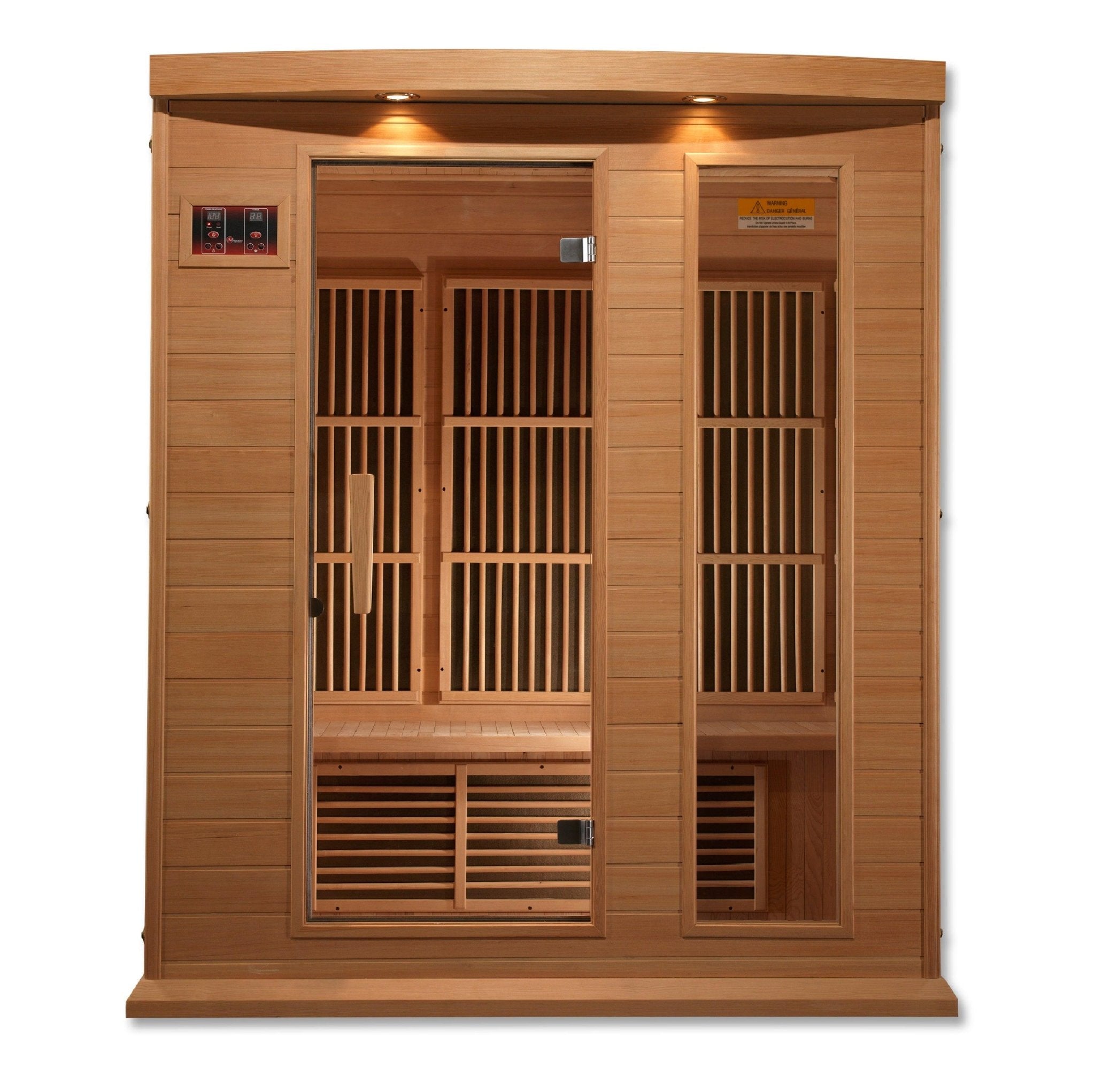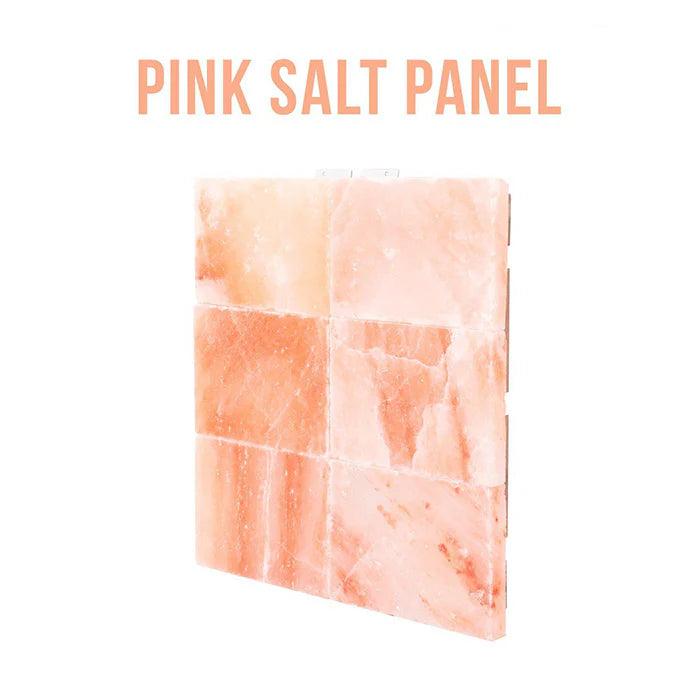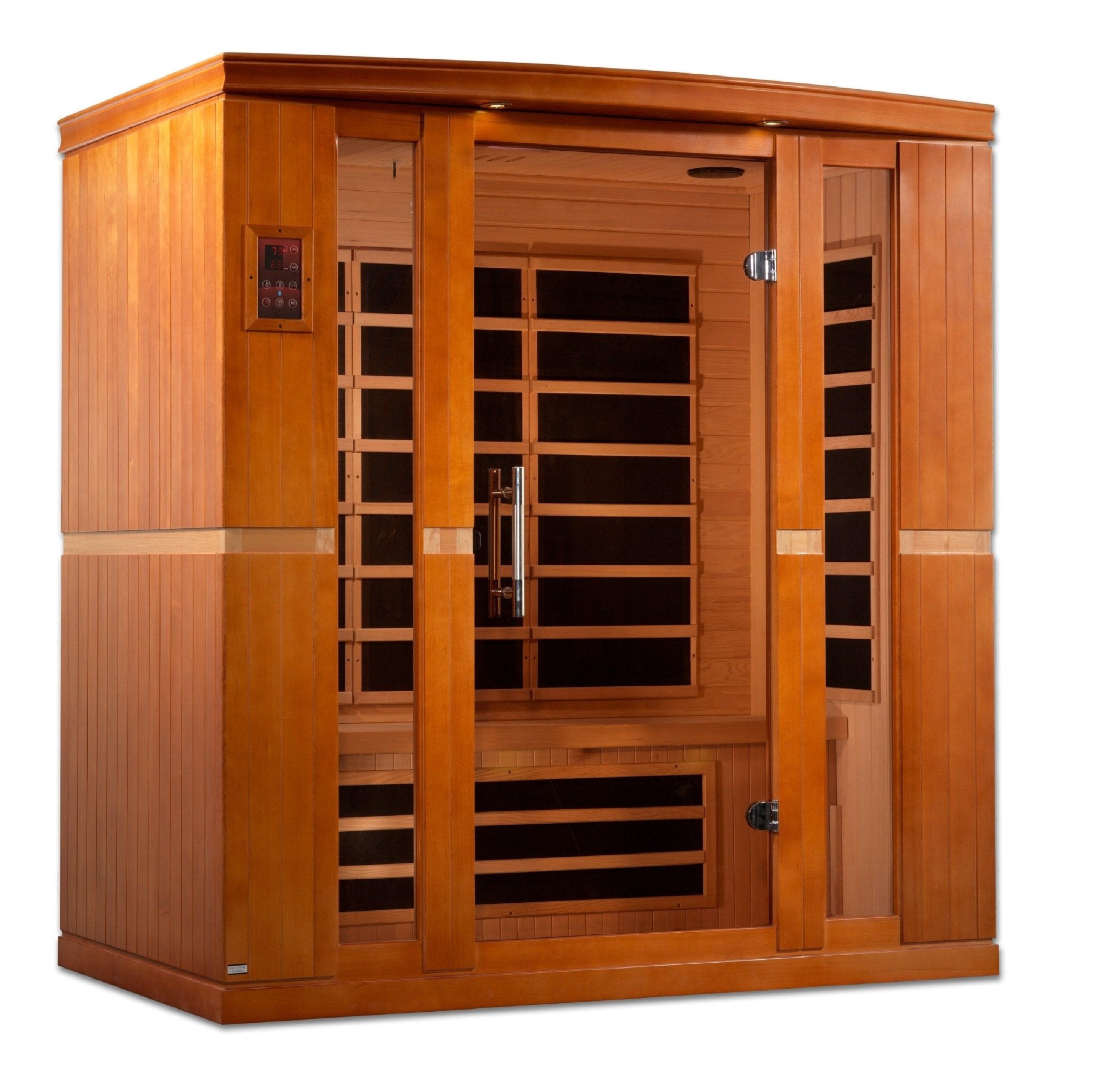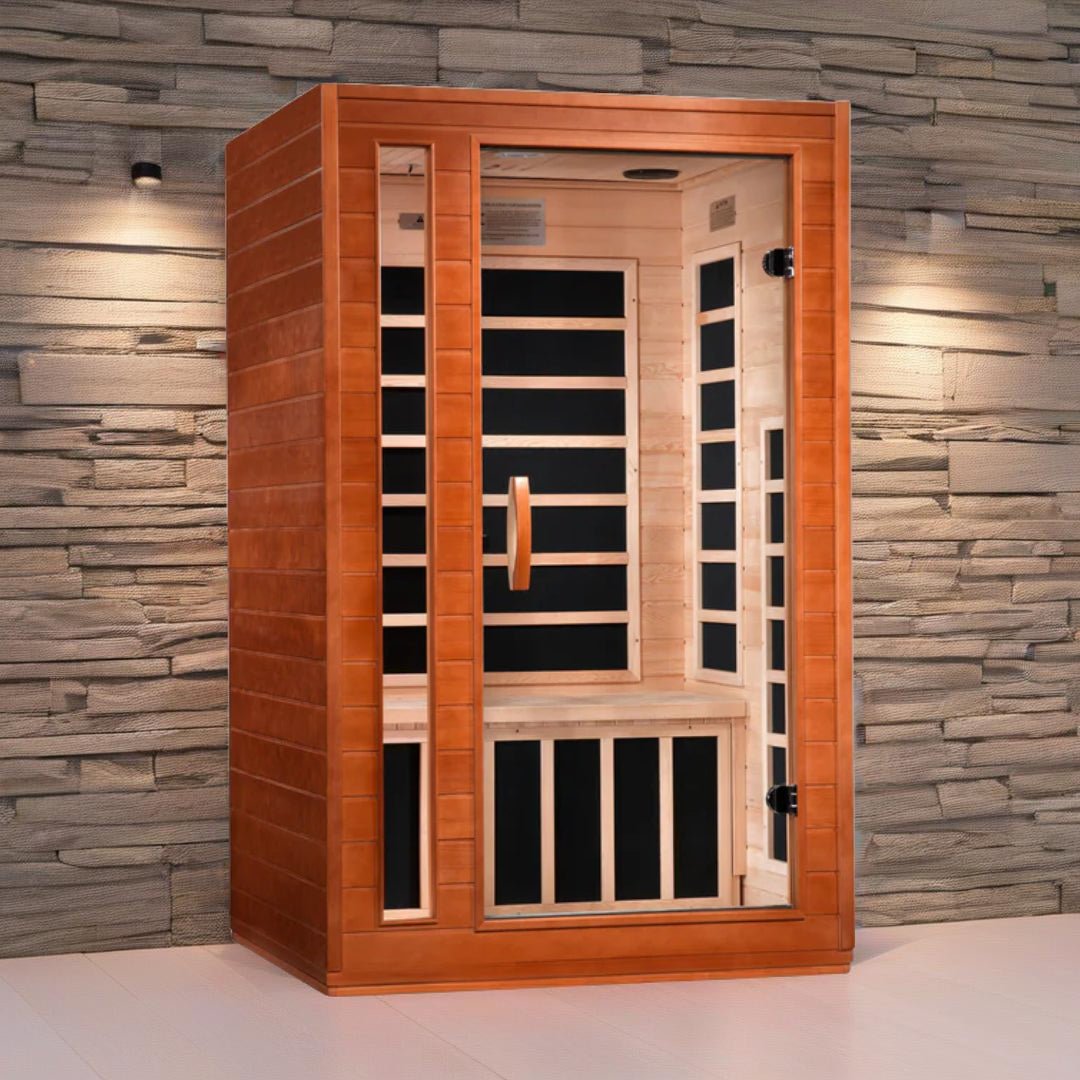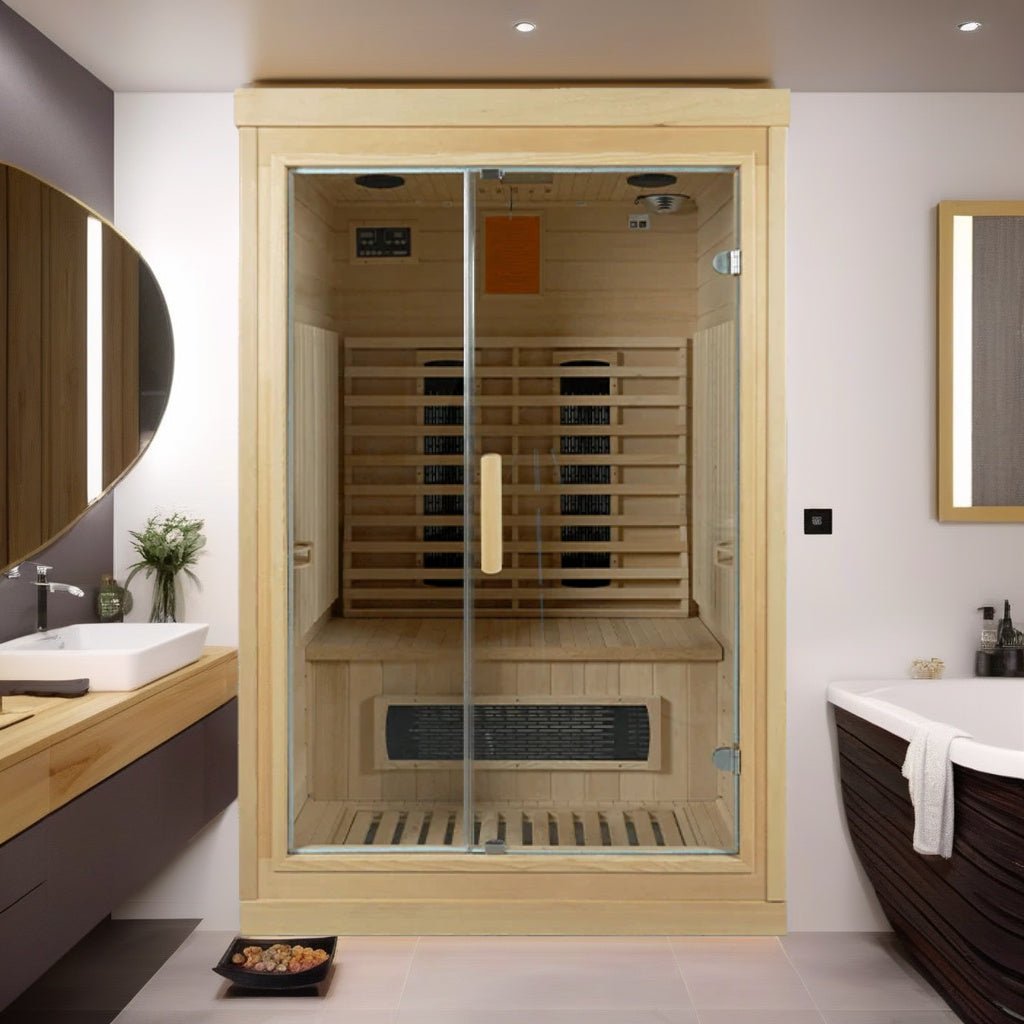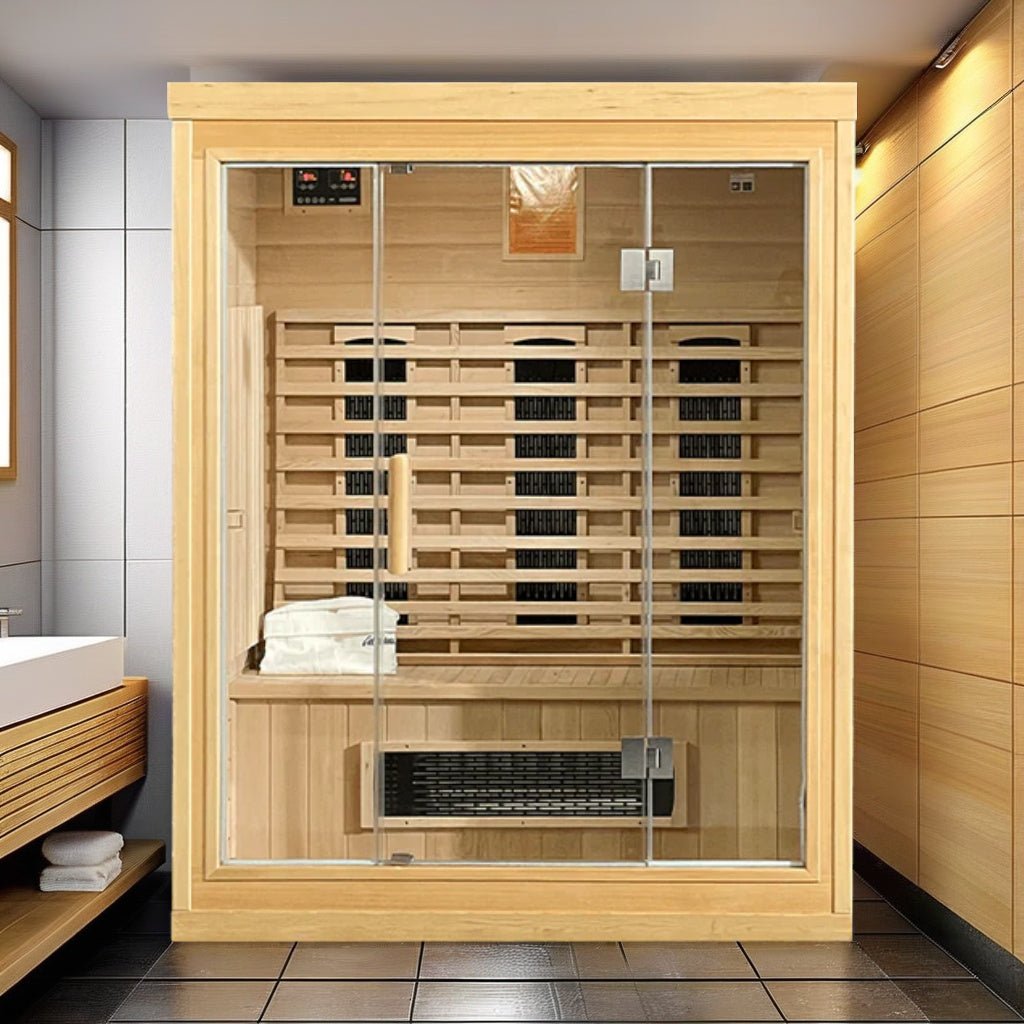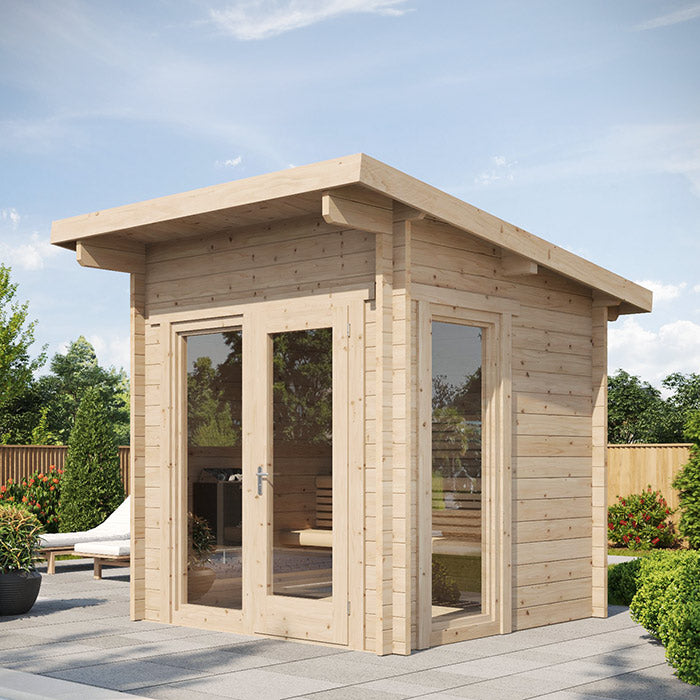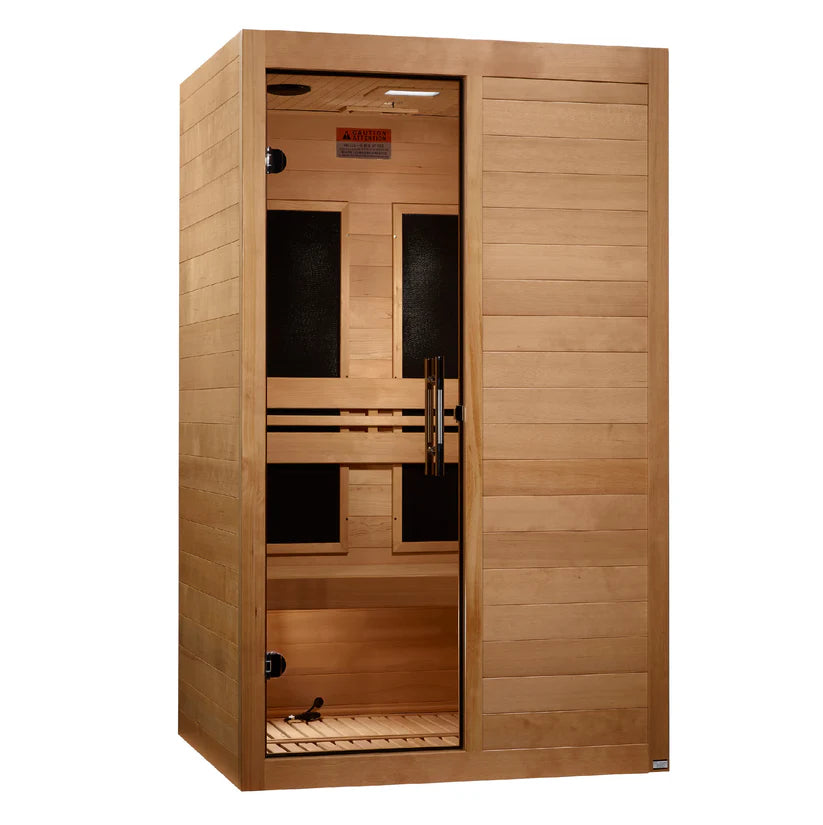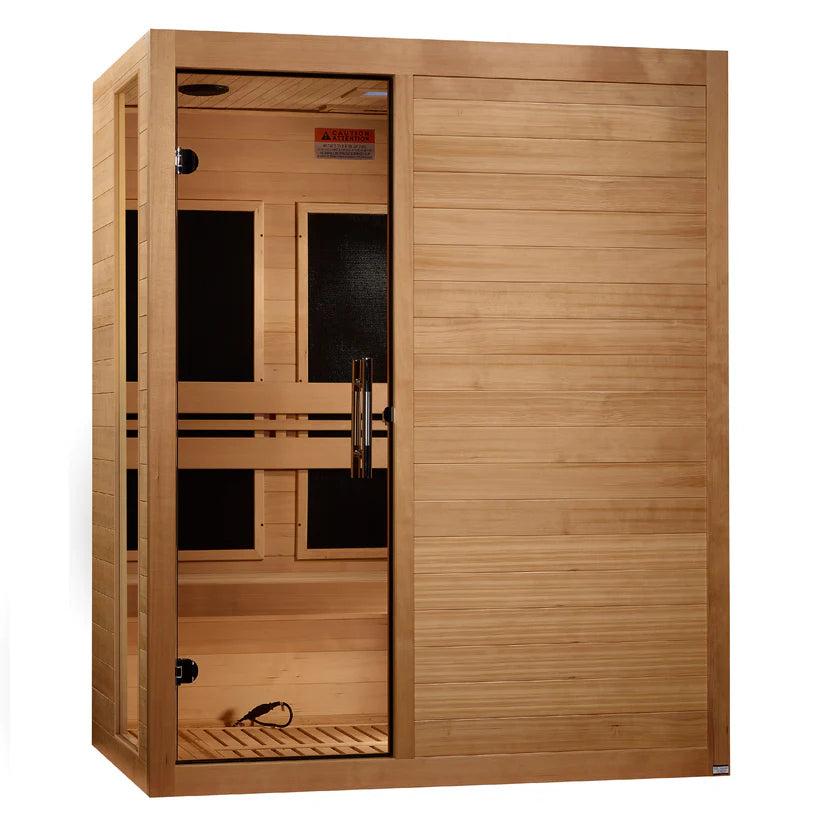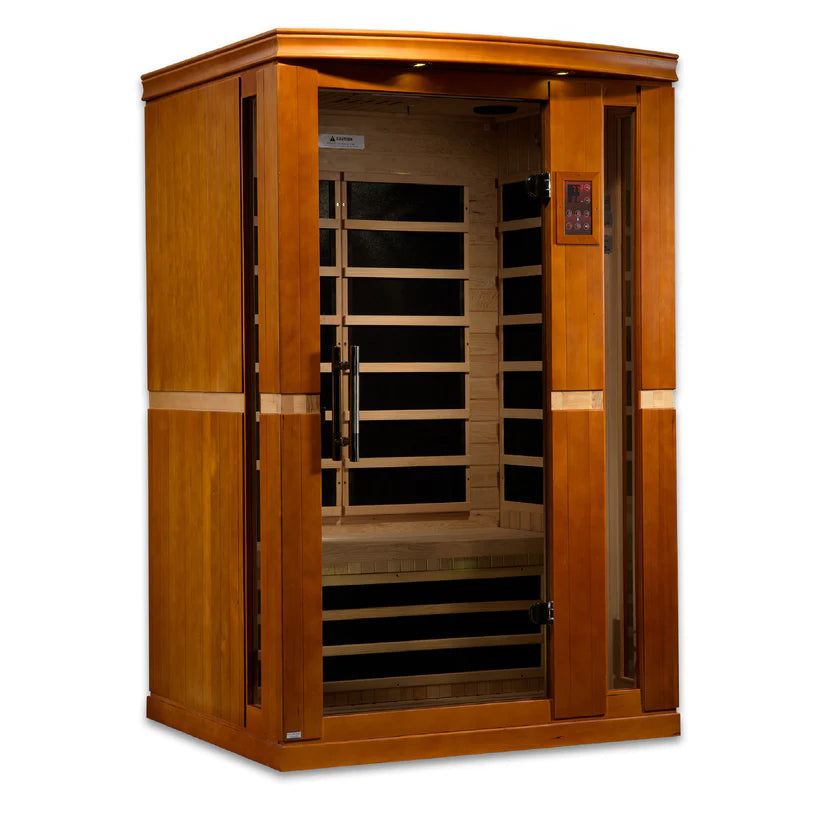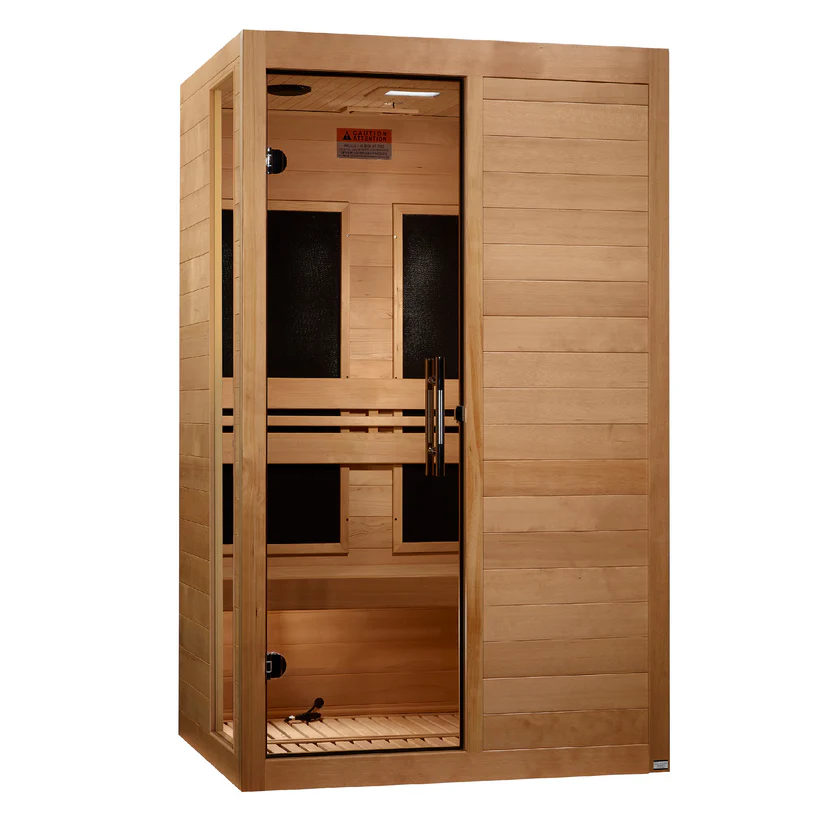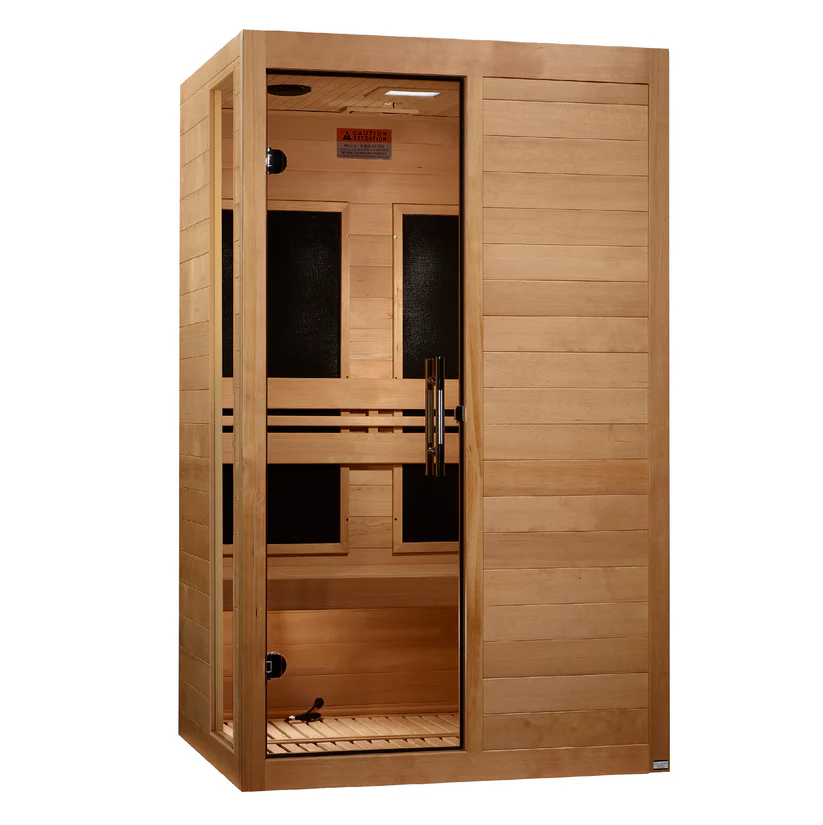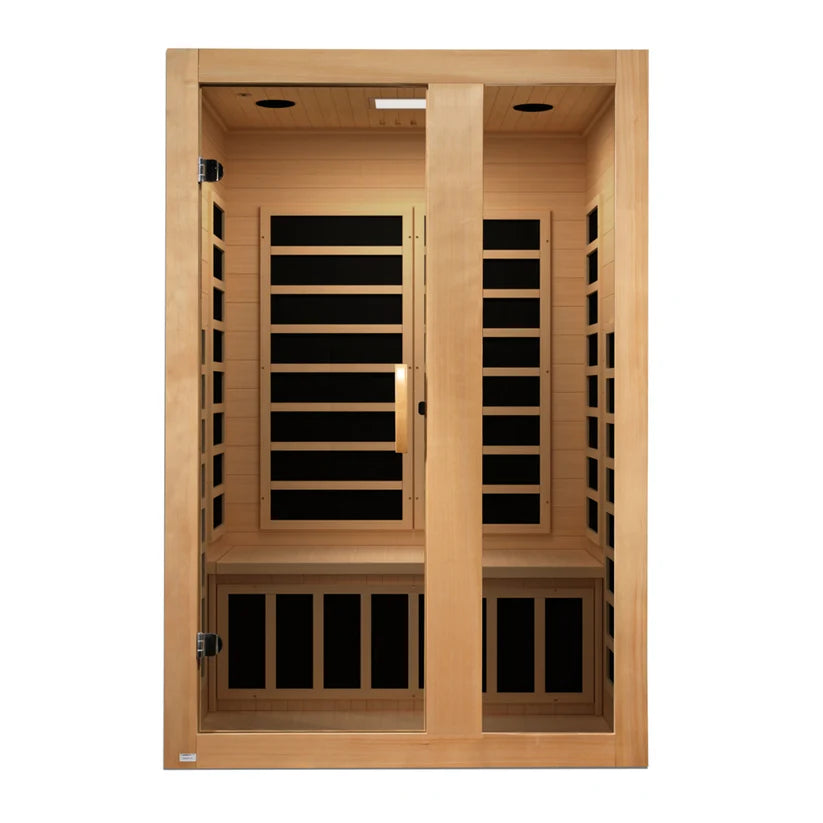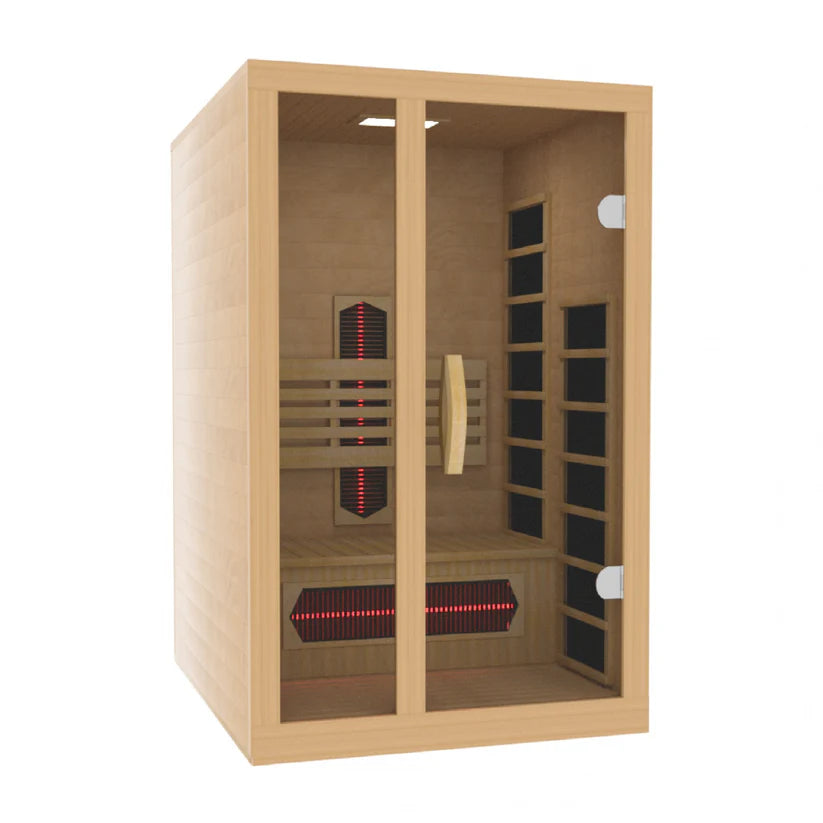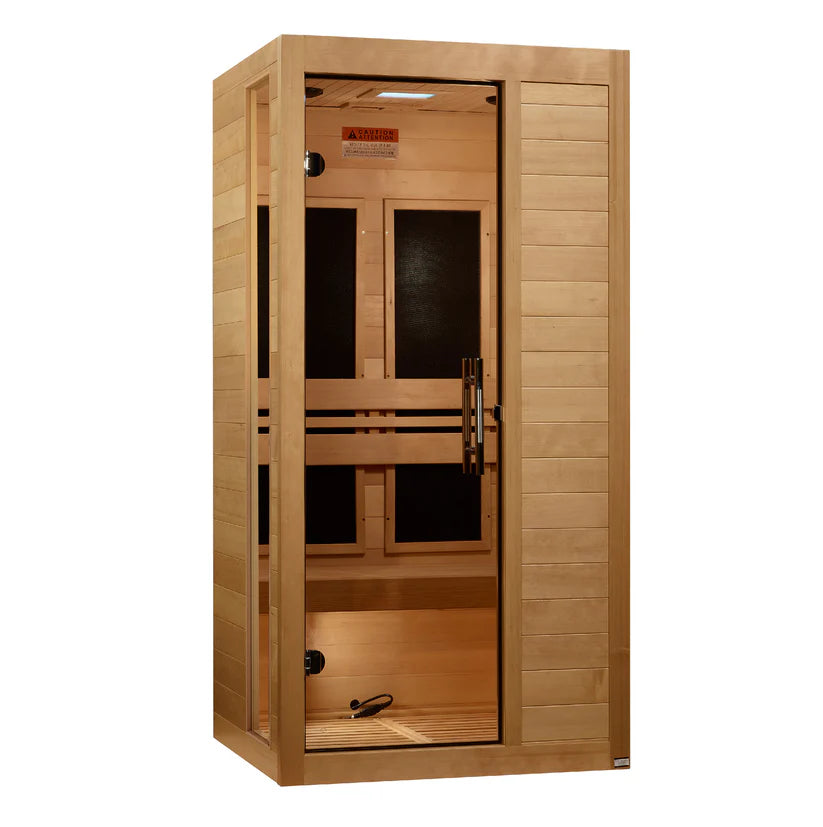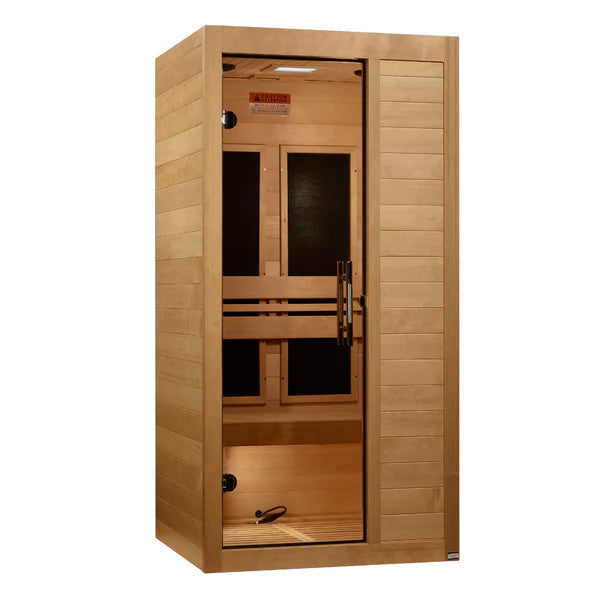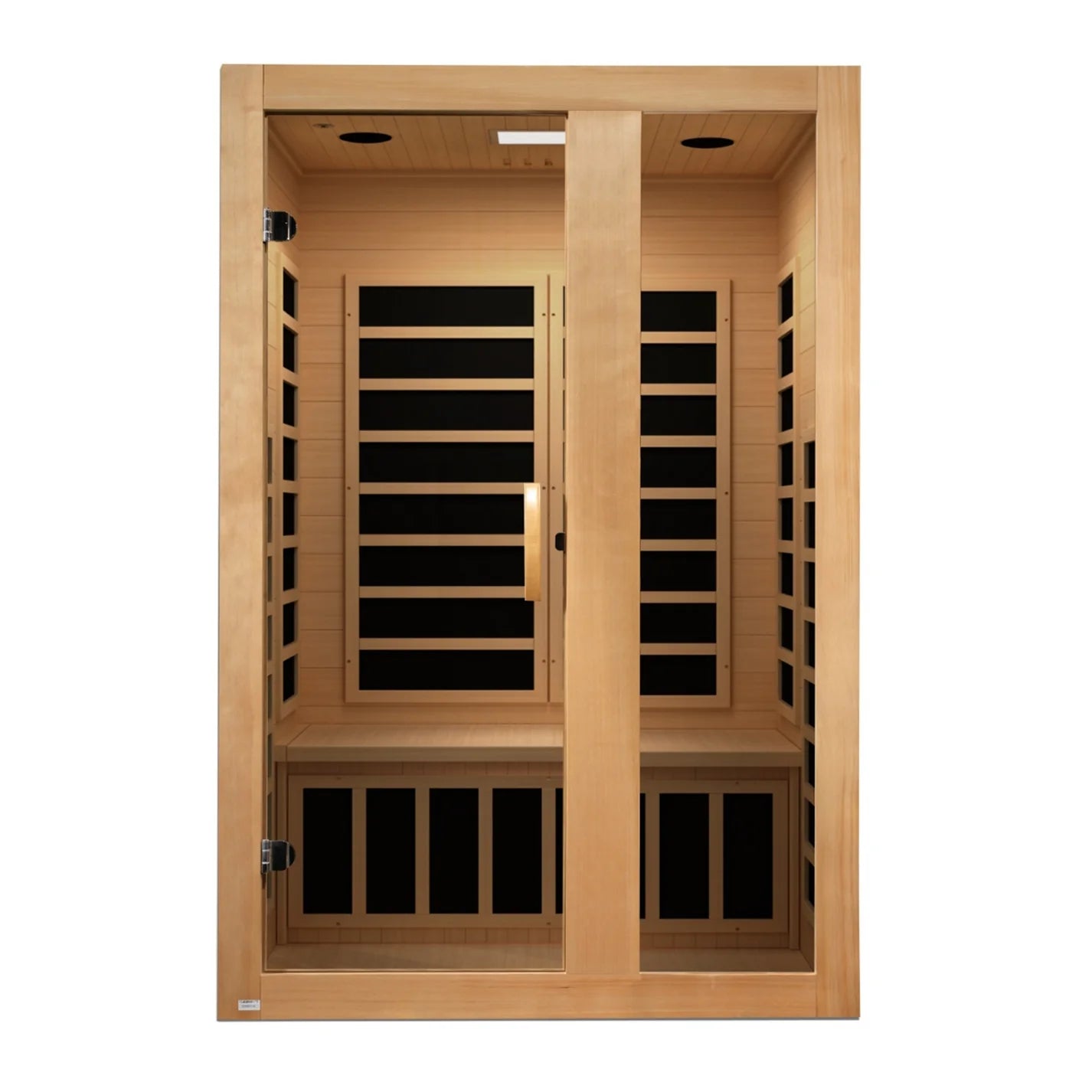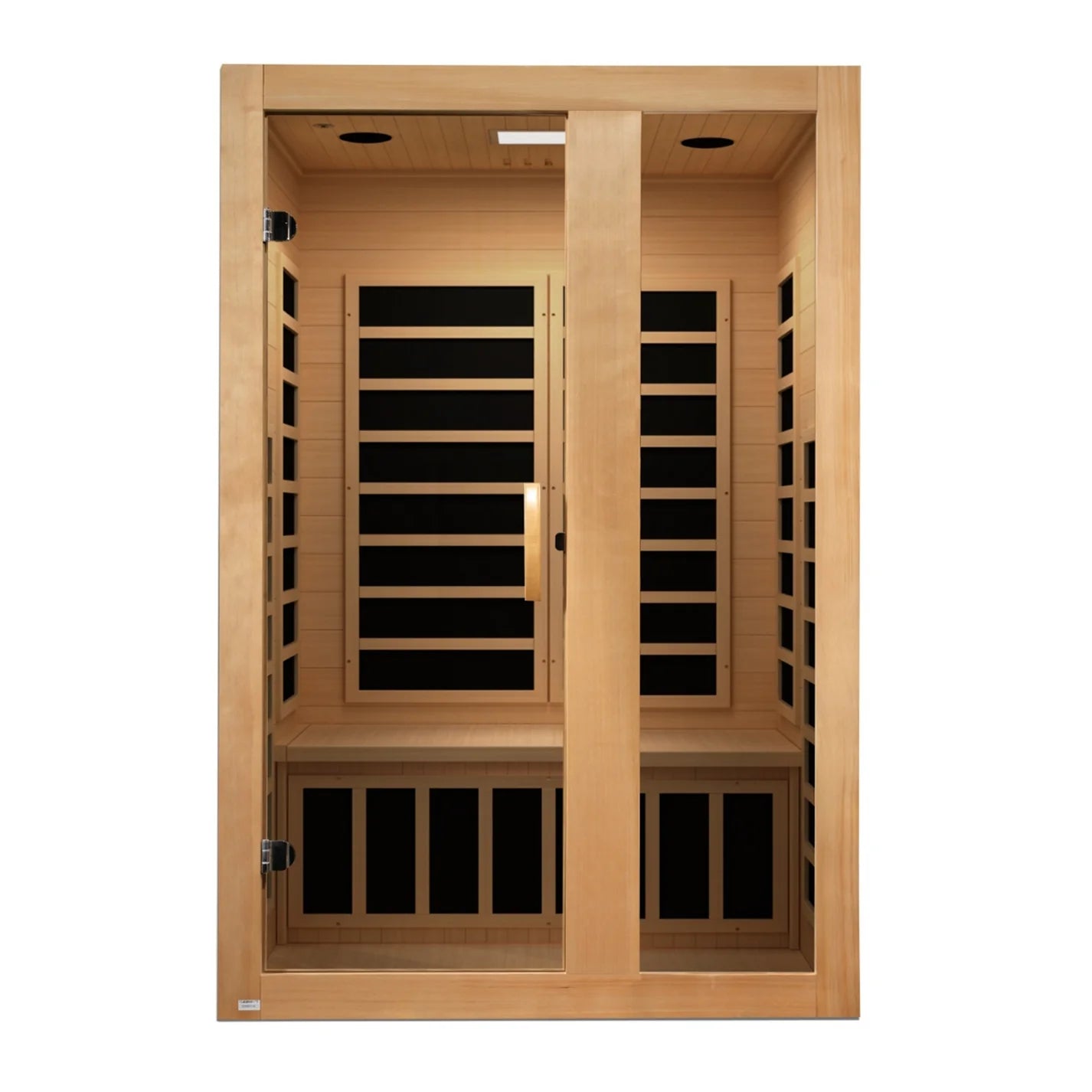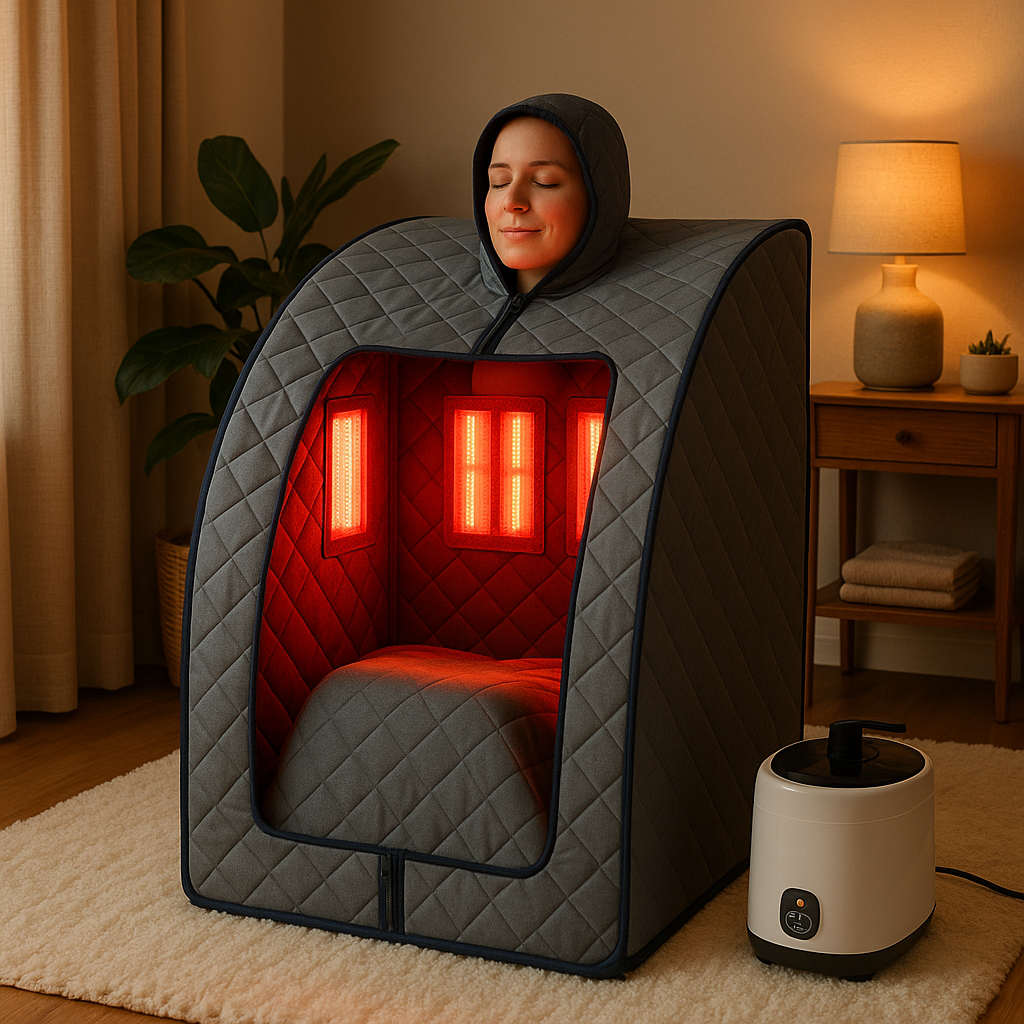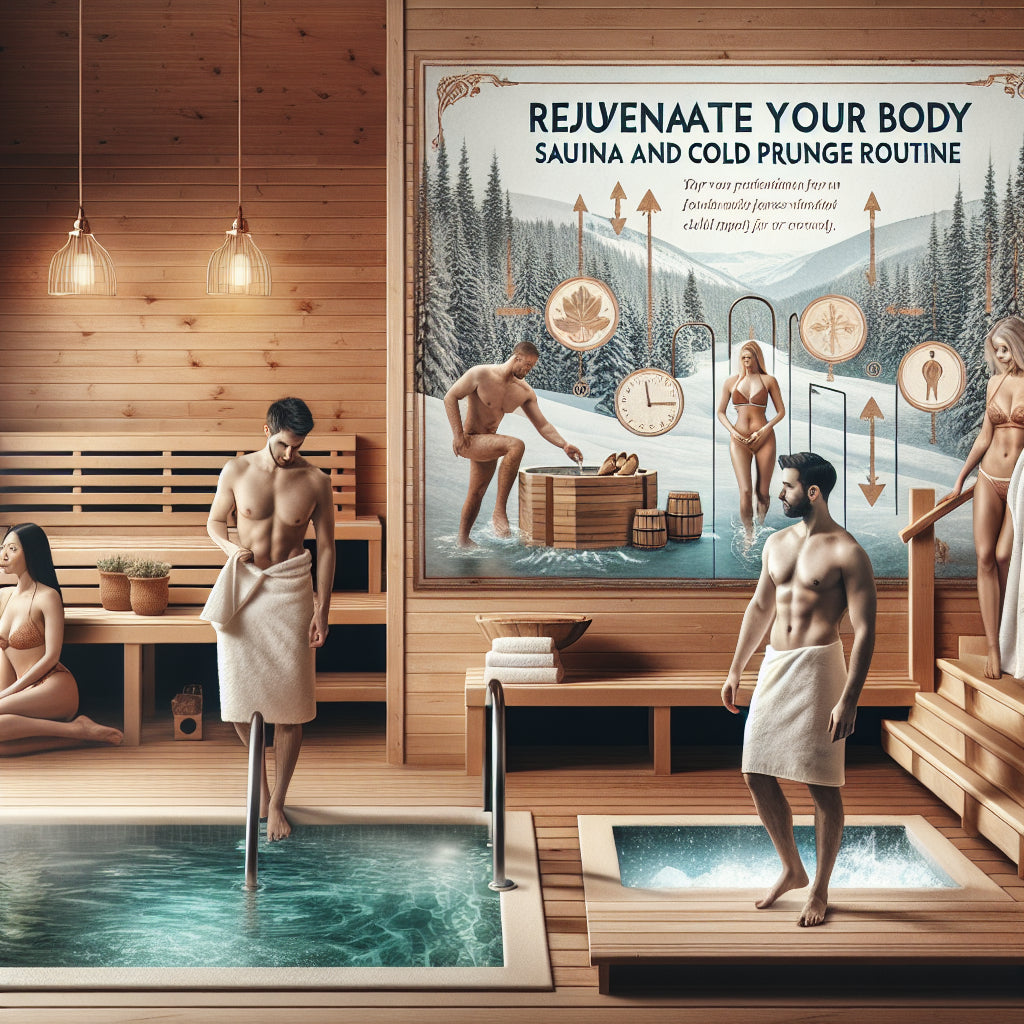
Unlocking the Power of Cold Plunge Tubs: A Beginner’s Guide
Cold plunge tubs have gained traction among wellness enthusiasts, athletes, and health-conscious individuals alike. These tubs, filled with cold water, serve as a tool for recovery and rejuvenation. But what exactly are the benefits of incorporating a cold plunge tub into your routine, especially if you are just starting? In this comprehensive guide, we will dive deep into the advantages of cold plunge tubs, backed by research and practical advice.
What Are Cold Plunge Tubs?
Cold plunge tubs are typically small, portable pools filled with cold water, often maintained at temperatures between 50°F and 59°F (10°C to 15°C). They are designed for short immersions—usually ranging from 1 to 5 minutes. While the practice of cold water immersion isn't new, having a dedicated tub for the purpose has made it more accessible.
How Do Cold Plunge Tubs Work?
The primary mechanism behind cold plunge tubs is hydrotherapy, which utilizes water for pain relief and treatment. When you immerse your body in cold water, a series of physiological responses occur:
- Vasoconstriction: Blood vessels constrict, which reduces blood flow to the extremities. This can help in reducing inflammation and swelling.
- Endorphin Release: Cold exposure triggers the release of endorphins, the body's natural painkillers, which can enhance mood and alleviate stress.
- Improved Circulation: Once you exit the cold water, your body warms up, causing blood vessels to dilate and improving circulation.
What Are the Benefits of Cold Plunge Tubs for Beginners?
For those new to cold water immersion, the potential benefits can be profound. Here are some key advantages:
1. Enhanced Recovery
For athletes and fitness enthusiasts, cold plunge tubs are often used to aid recovery after intense workouts. Studies have shown that cold water immersion can reduce muscle soreness and expedite recovery times. The cold helps to reduce inflammation, allowing muscles to heal faster.
2. Improved Mental Clarity and Mood
Cold exposure has been linked to improved mental clarity and mood stabilization. A study published in the journal Medical Hypotheses suggests that cold water immersion can stimulate the release of neurotransmitters, which can enhance mood and reduce symptoms of anxiety and depression.
3. Boosted Immune Function
Regular cold exposure is believed to enhance the immune system. A study from the University of Utrecht found that individuals who practiced cold water immersion experienced a higher count of white blood cells, which play a crucial role in fighting off infections.
4. Enhanced Metabolism
Cold exposure can act as a metabolic booster. When your body is exposed to cold, it works harder to maintain your core temperature, leading to increased calorie burn. This can be particularly beneficial for those looking to manage their weight.
How to Safely Use a Cold Plunge Tub as a Beginner?
Starting with cold plunge tubs can be daunting, but following a few guidelines can enhance the experience:
- Start Slowly: Begin with shorter durations (1-2 minutes) and gradually increase as you become accustomed to the cold.
- Warm-Up First: Engaging in light exercise before your plunge can prepare your body for the shock of cold water.
- Stay Hydrated: Ensure you are well-hydrated before and after your cold plunge session.
- Listen to Your Body: If you feel excessively uncomfortable or experience any adverse reactions, exit the tub immediately.
Mid-Article Call to Action
If you're considering incorporating a cold plunge tub into your wellness routine, check out our range of options at InHouse Wellness. Discover how cold plunge therapy can enhance your recovery and overall health!
Are There Any Risks Associated with Cold Plunge Tubs?
While cold plunge tubs offer numerous benefits, they are not without risks. Individuals with certain medical conditions, such as cardiovascular issues or hypertension, should consult with a healthcare professional before starting cold water immersion. Additionally, hypothermia is a concern if exposure is prolonged or if the water is too cold.
What Should You Look for in a Cold Plunge Tub?
When selecting a cold plunge tub, consider the following:
- Size: Ensure it fits your space and can accommodate the intended users.
- Insulation: Good insulation will help maintain water temperature effectively.
- Easy Maintenance: Look for tubs that are easy to clean and fill.
- Temperature Control: Some models allow for precise temperature adjustments.
FAQs
What is the best temperature for a cold plunge tub?
The ideal temperature for a cold plunge tub typically ranges between 50°F to 59°F (10°C to 15°C).
How long should you stay in a cold plunge tub?
Beginners should start with 1-2 minutes and can gradually increase to 5 minutes as they adapt.
Can I use a cold plunge tub daily?
Yes, many people benefit from daily sessions, but it's essential to listen to your body and adjust frequency as needed.
What should I do after a cold plunge?
Warming up gradually, hydrating, and engaging in light movement are recommended post-plunge activities.
Is cold water immersion safe for everyone?
No, individuals with certain health conditions, particularly related to cardiovascular health, should consult a doctor before using a cold plunge tub.
Can cold plunge tubs help with mental health?
Yes, cold exposure can enhance mood and reduce anxiety, thanks to the endorphin release it triggers.
Wrapping It Up
Cold plunge tubs can offer an array of benefits for beginners, from enhancing recovery and boosting mental clarity to improving metabolic function. As you incorporate this practice into your routine, remember to prioritize safety and listen to your body. Interested in exploring the best cold plunge options? Visit InHouse Wellness today and take the first step towards a rejuvenating wellness experience!

